Do you have this ornamental grass in your yard? If so, it may be time to switch grass!
Miscanthus sinensis, or Chinese silver grass, is a too-popular ornamental grass so problematic that New York State has regulated it as an invasive species. Switch Grass (Panicum virgatum), on the other hand, is a native ornamental grass that is a perfect substitute. Maybe it’s time to switch?
Ornamental grasses have become increasingly popular as modern tastes have shifted to more naturalistic garden designs. Grasses bring year-round interest, movement, structure, and seasonal changes of palette that enhance every garden. Unfortunately, at least this one non-native grass has created an ecological problem.
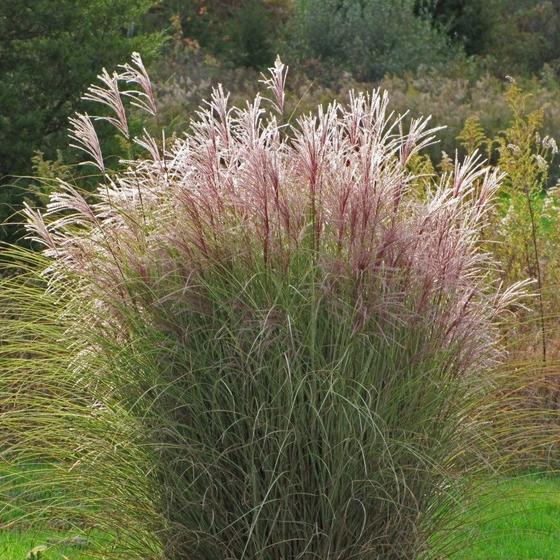

Sold under the names Chinese silver grass, zebra grass, maiden grass, and porcupine grass, Miscanthus also has many cultivars, including “Morning Light,” “Flamingo,” “Ghana,” “Adagio,” and over 100 others. Despite being identified as invasive by New York and other states, it is still being sold, and is still spreading itself everywhere. It is invading natural areas because it has no biological controls on this continent.
Switch Grass is just as attractive as Miscanthus, just as easy to grow, and just as diverse. An original denizen of America’s prairies and meadows, it has deep roots and is both drought tolerant and deer resistant. It is increasingly available in a huge variety of sizes, shapes, and colors. And Switch Grass is the host plant for very cute native butterflies called, “skippers.”
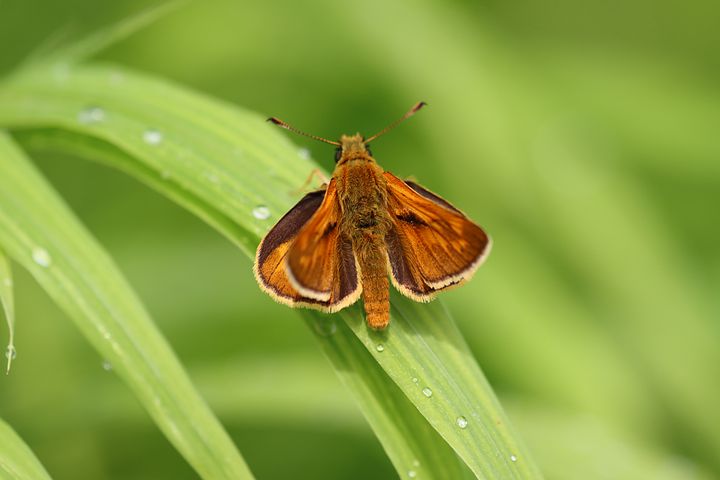
Photo: Pixabay

Switch Grass is gorgeous through all four seasons, and its versatility is on full display at the Greenburgh Nature Center. The cultivar “Heavy Metal” is steel blue in summer and grows up to 5 feet tall. It is equally impressive in winter when it provides texture, movement, and contrast to evergreen shrubs.
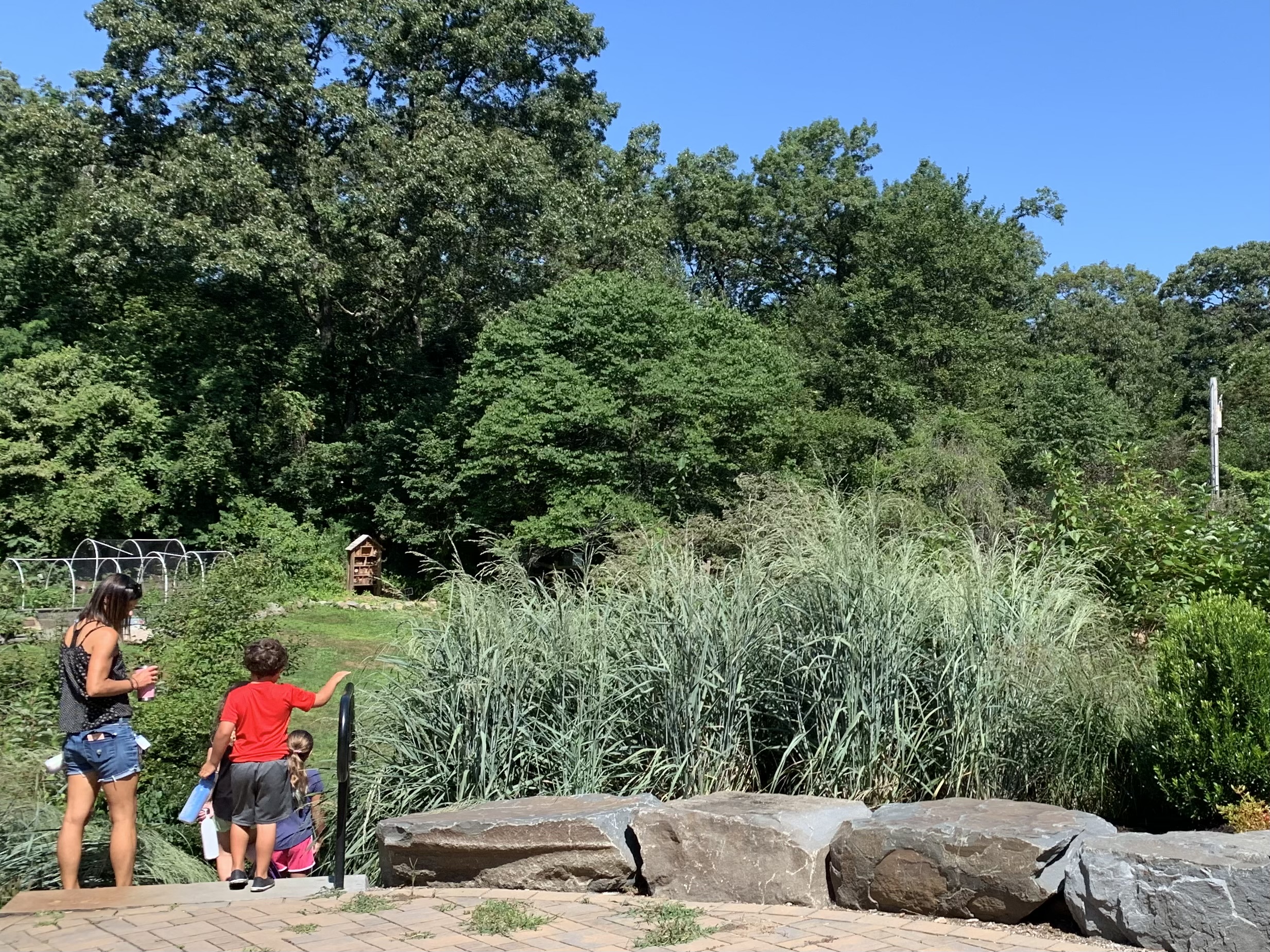
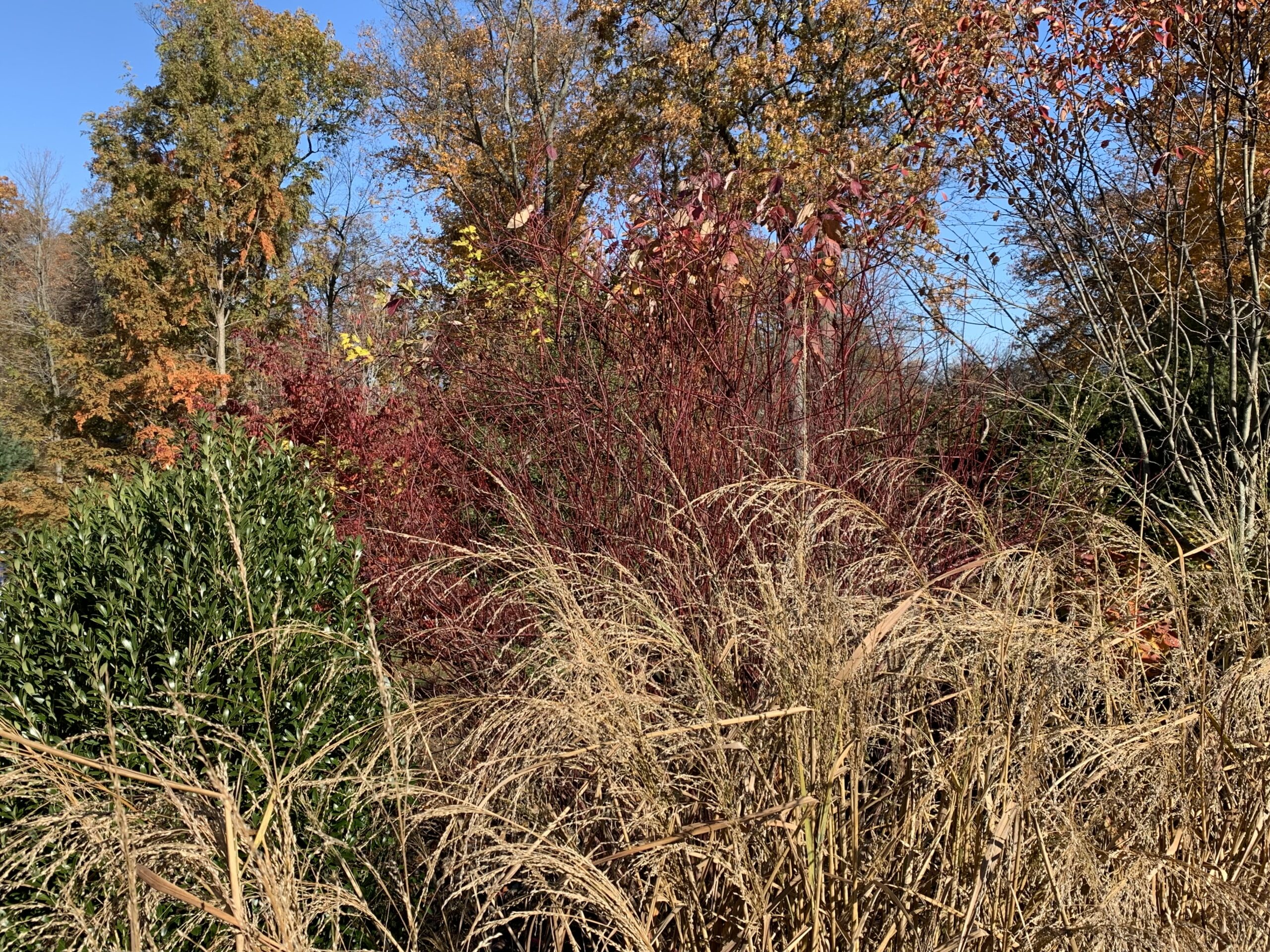
Another Switch Grass cultivar, ‘Shenandoah,’ is 3 to 4 feet tall and has a graceful vase shape that complements both shrubs and perennials. Because it hosts skipper butterflies, it is a great addition to pollinator gardens. Like all Switch Grasses, it enjoys full sun and tolerates poor soil. No supplemental water, no fertilizer, no worries.
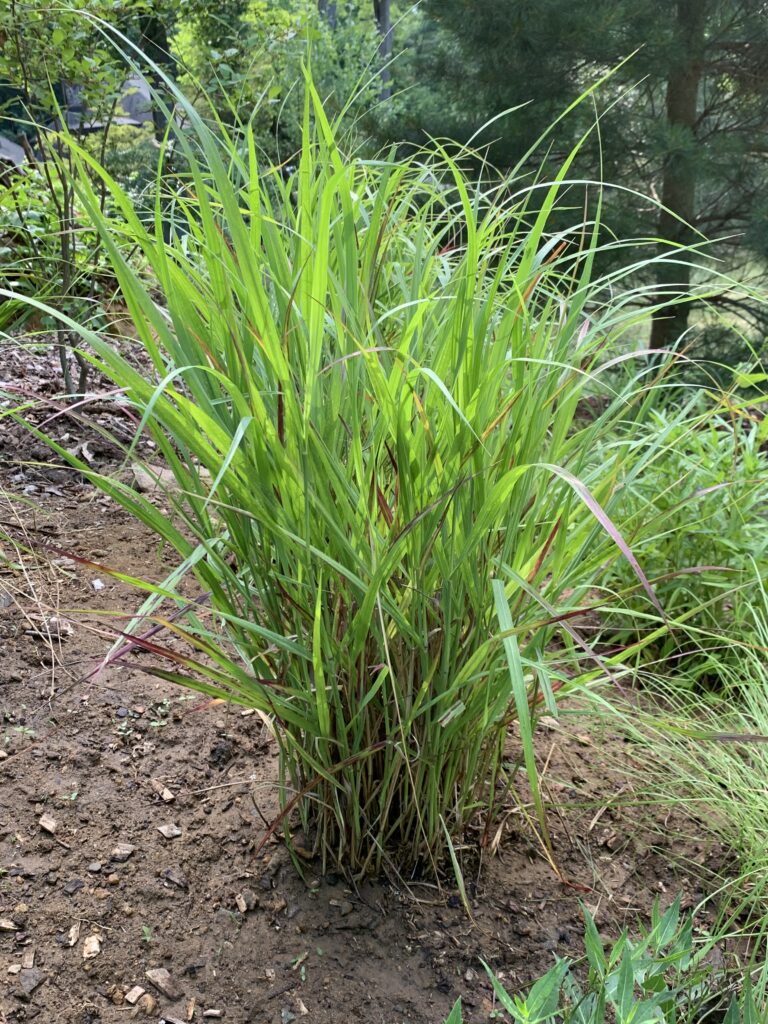
When we planted the Gerrie Shapiro Memorial Pollinator Garden at the Nature Center last June, we started with tall Switch Grasses as the center “spine” of the garden. Along with ‘Heavy Metal,’ we planted ‘Northwind,’ a Switch Grass cultivar that stays tall, narrow, and straight all season long. These two native grasses support tall flowers that would otherwise flop over when in full bloom. Switch Grass evolved supporting tall wildflower companions in American meadows and prairies, so it’s perfect for that job.
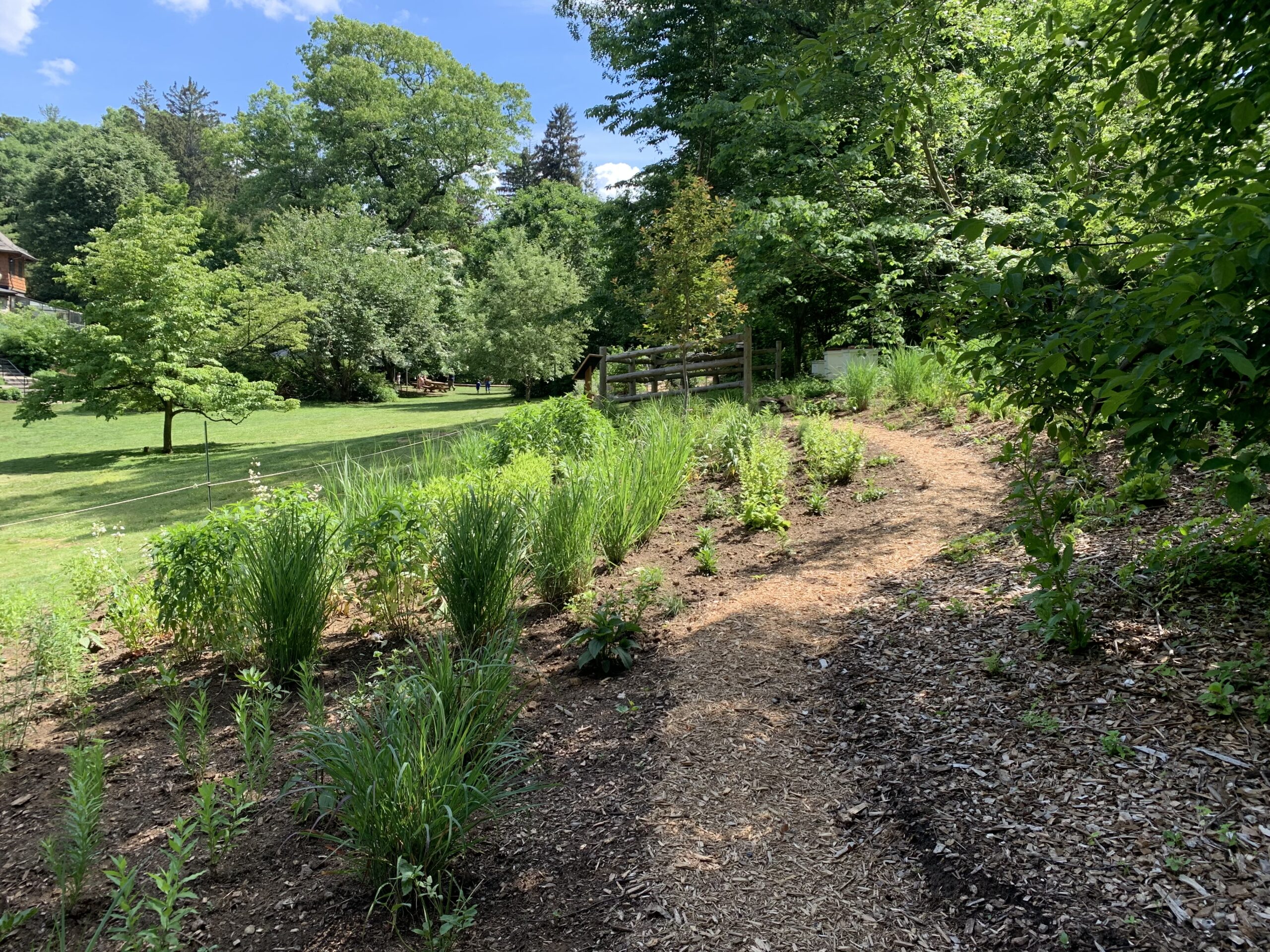
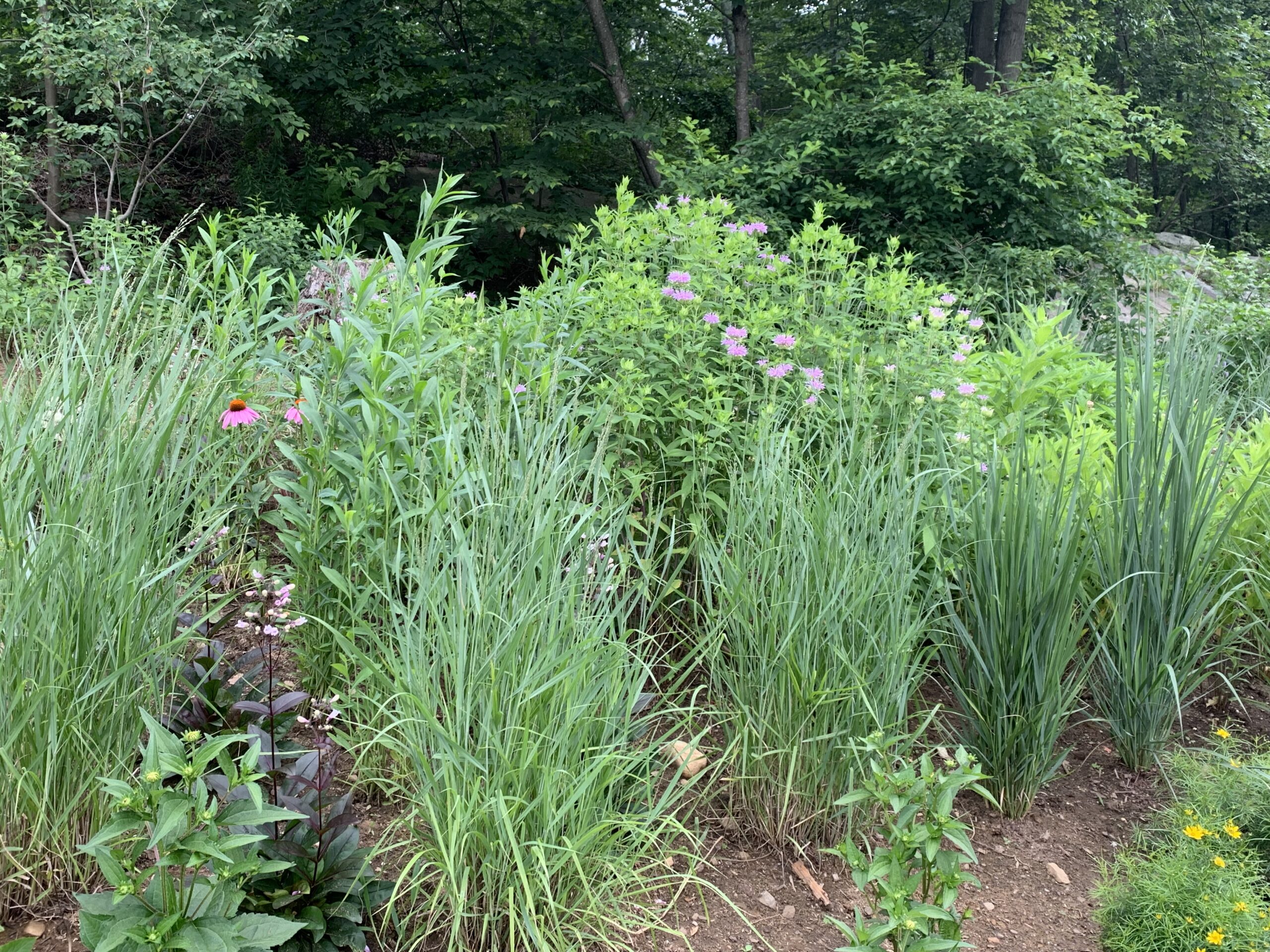
One of our favorite smaller Switch Grasses is ‘Ruby Ribbons.’ At only 3 feet tall, it’s a good choice for smaller gardens. It has multi-colored leaves in shades of red and purple all summer long, and just gets prettier in the fall. Even smaller is ‘Cape Breeze.’ At less than 2 feet, it makes a great edger along the garden path.
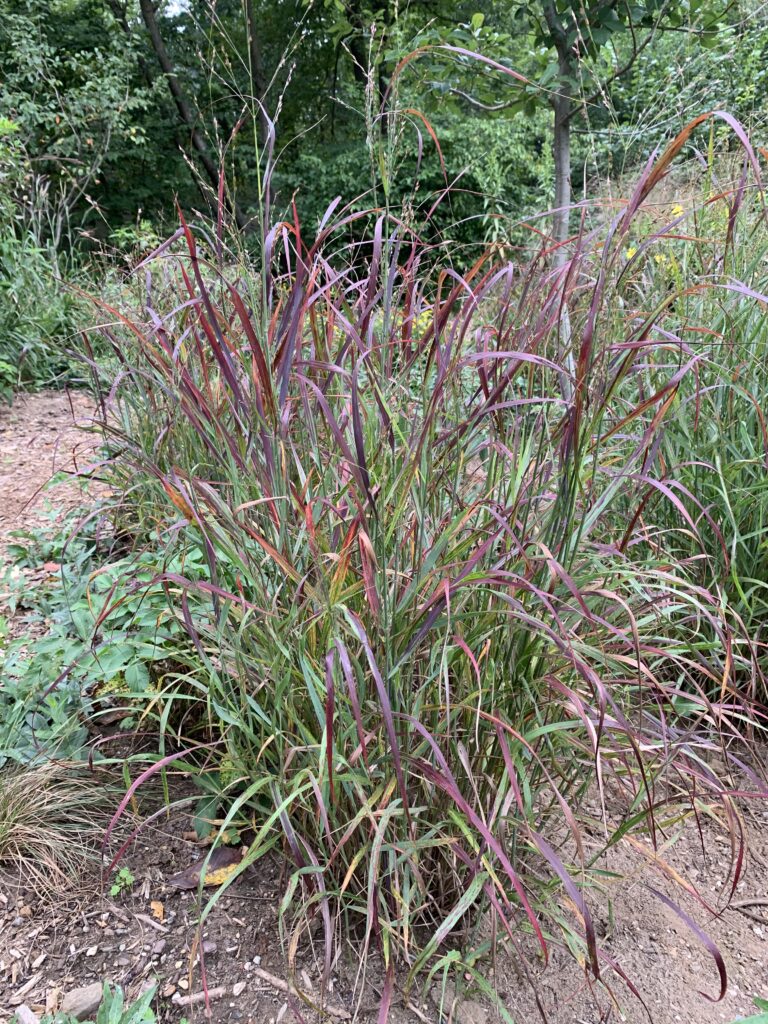
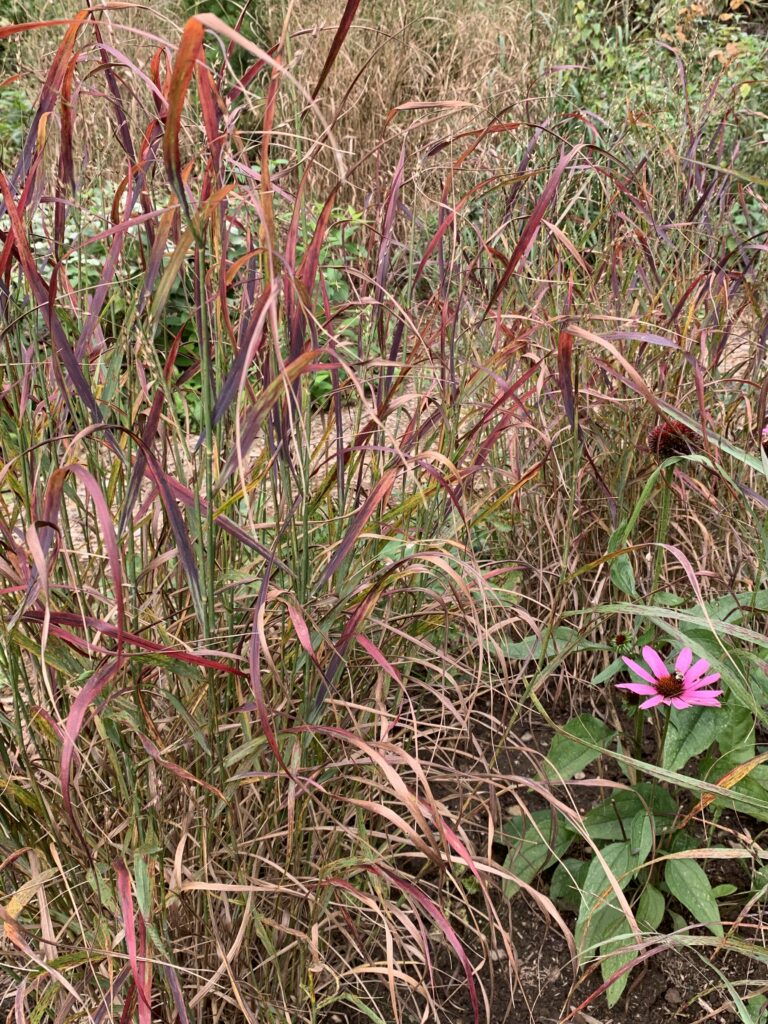
And if you want to see what Switch Grass looks like in its natural habitat (almost) come visit our Meadow! After spring mowing, Switch Grasses start showing new growth. By late June, they fill out the Meadow terrain. And in the fall, clouds of tiny seeds hover above the Switch Grass stalks, feeding flocks of birds then and all winter long.
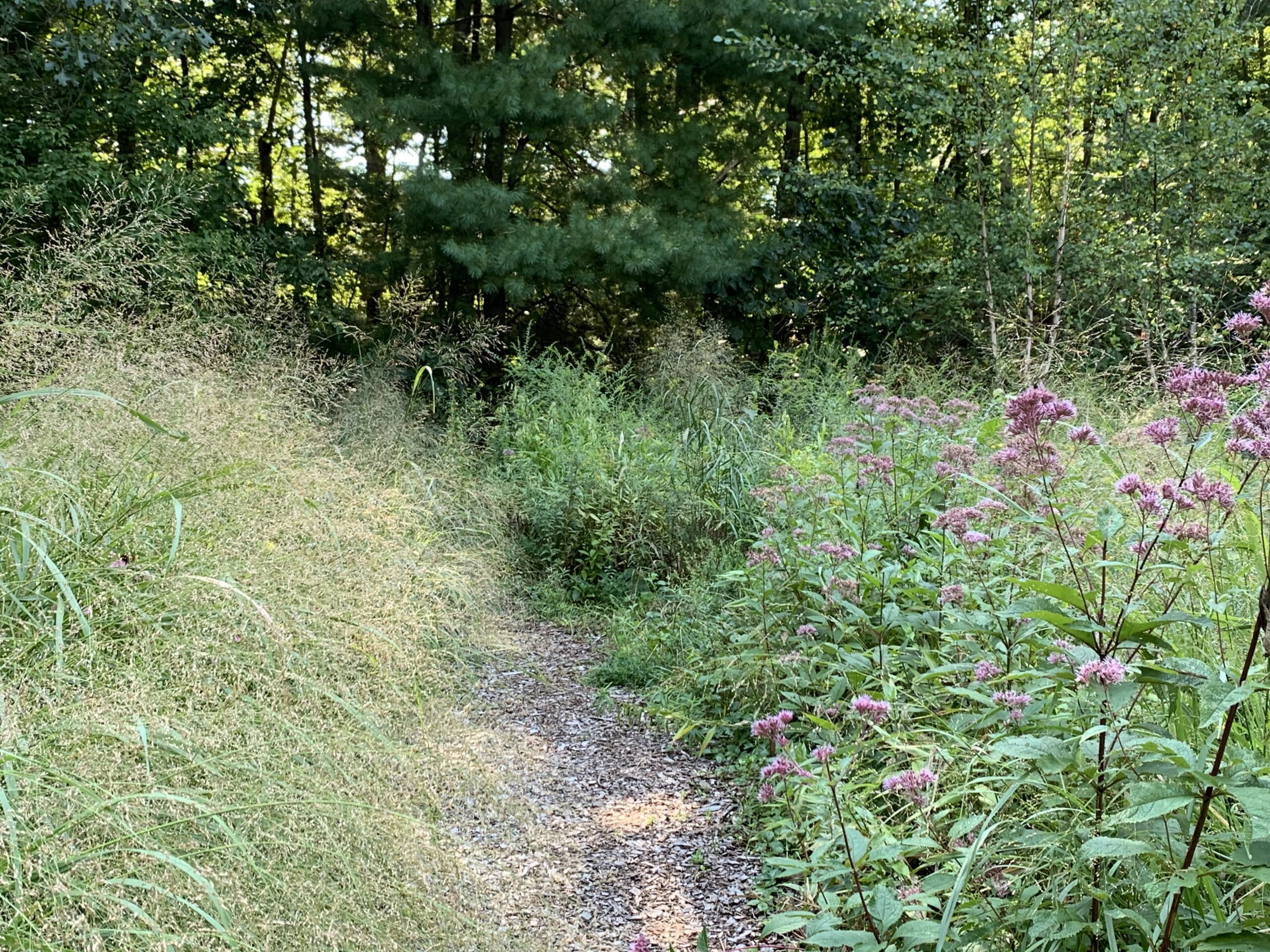
So, are you ready to switch grass?

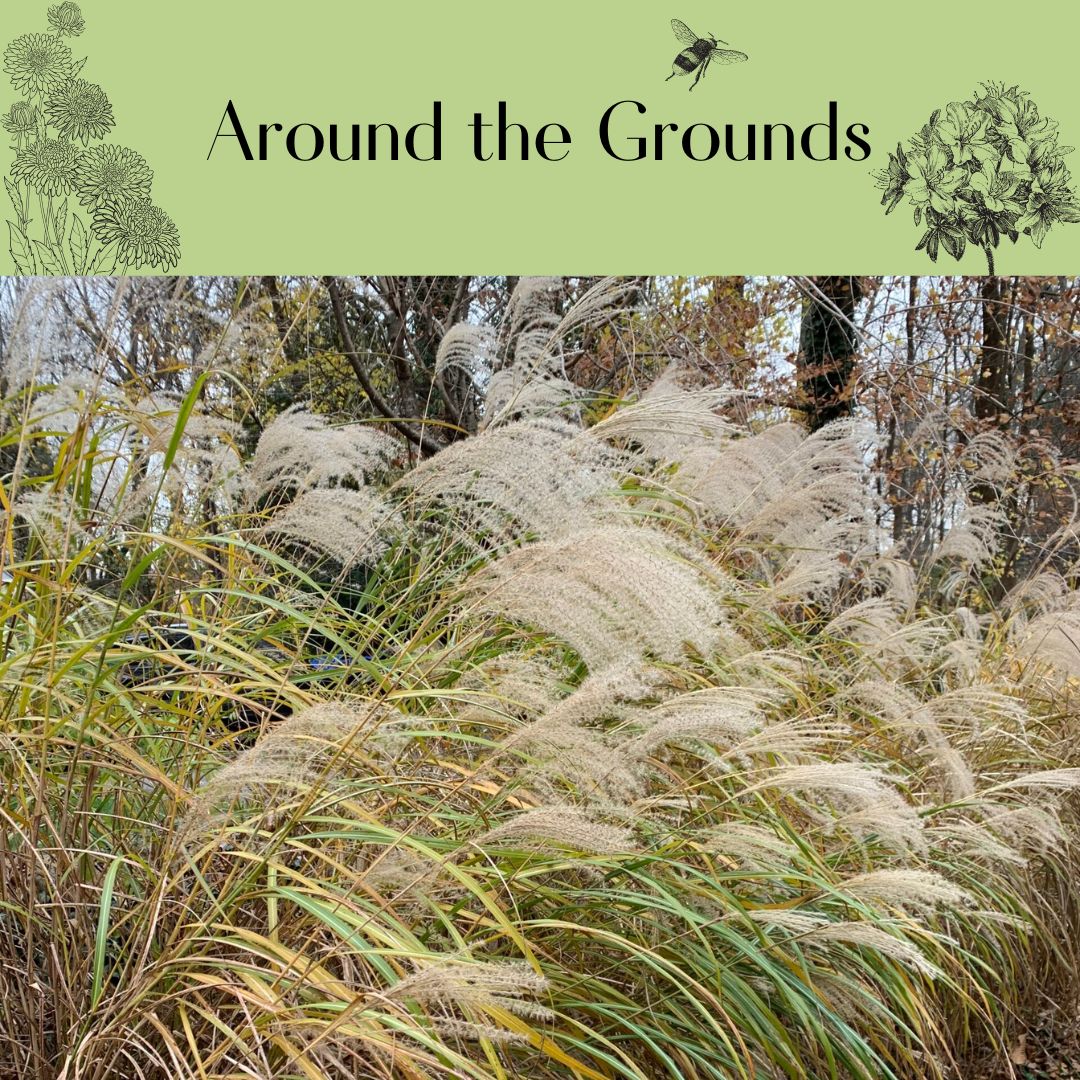
Love description of all the Switch Grass performance. I found some along the Road Side and pulled up by the roots planted all around my front yard garden trimmed it back down and with all the rain in May it’s growing up nicely I know I will love the look in winter A perfect Grass for smaller garden
Do the birds feed equally on the other switchgrass cultivars? Do skippers still use these cultivars as host plants? I would like to know, especially about the Northwind cultivar.
A great question! First about skippers — this is a big class of butterflies with a large variety of host plants. Many of them develop on grasses, mostly natives, but I’ve seen articles that say even some non-native grasses and many native perennials, shrubs, and trees host various skippers. Switch grass is thought to be a host for several species. The second question, whether the cultivar ‘Nothwind’ is a host is hard to answer because I’m not aware of any study addressing that particular cultivar. “Nativars” (cultivars of native plants) are hotly debated among native plant advocates. The only scholarly work I know of was reported by Doug Tallamy, who had his grad students document use of nativars and straight species by caterpillars. They found no significant differences except where there was a change in leaf color. Development of purple leaves rather than green, for example, resulted in lower visitation and use by larvae. Some switch grass cultivars do involve leaf color (‘Ruby Ribbons’ for example) but ‘Northwind’ does not. I feel pretty comfortable recommending ‘Northwind’ as a valuable and attractive native plant. Thanks for the excellent question!
Your reach is beyond NY…just read the article here in Illinois…thanks for the informative discussion and great pictures
I’m amazed! Thank you.
Love this post, as I do all your posts, Cathy. I plan to “switch grass!”
Yay! Mission accomplished!